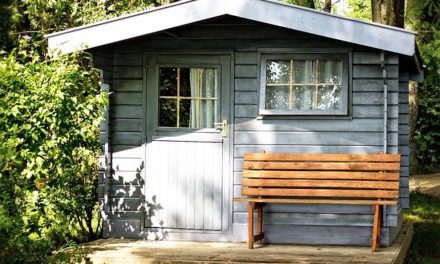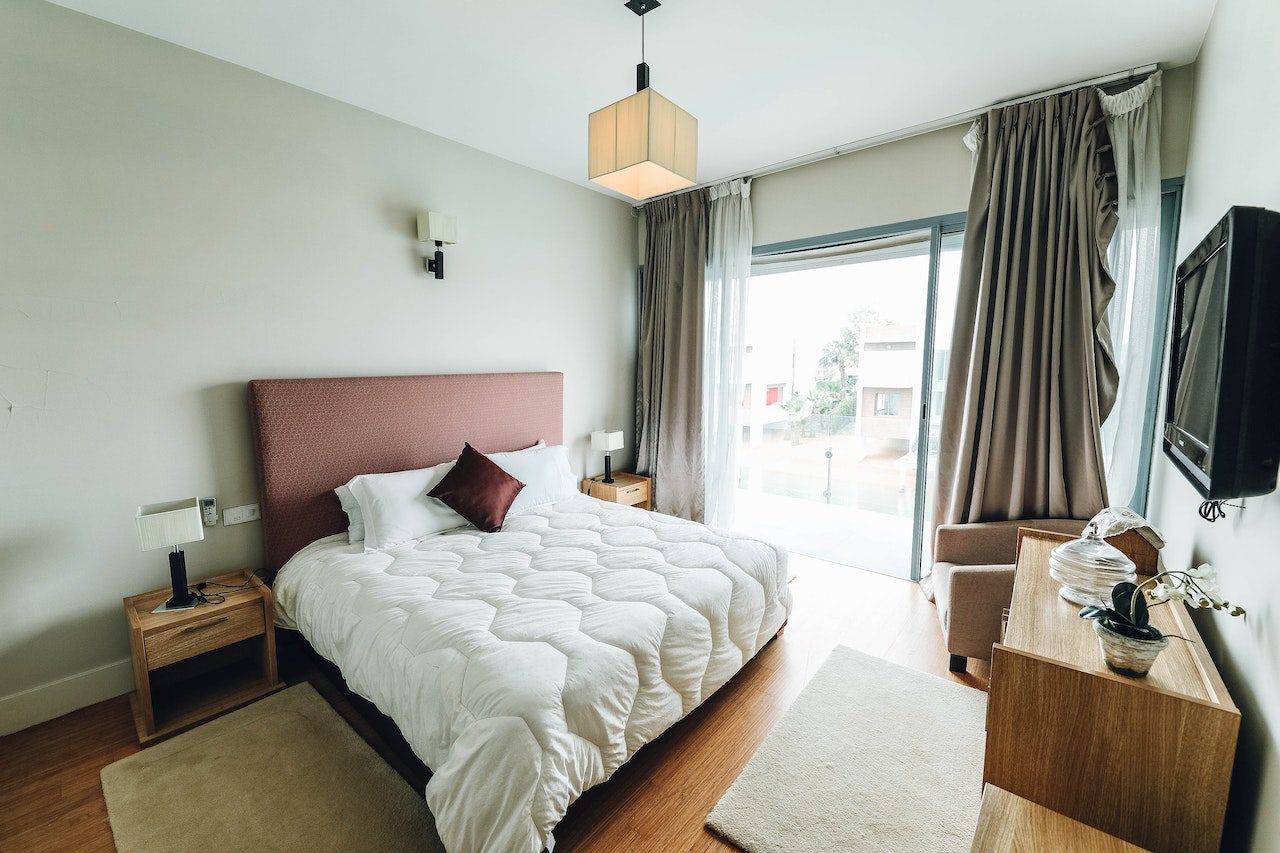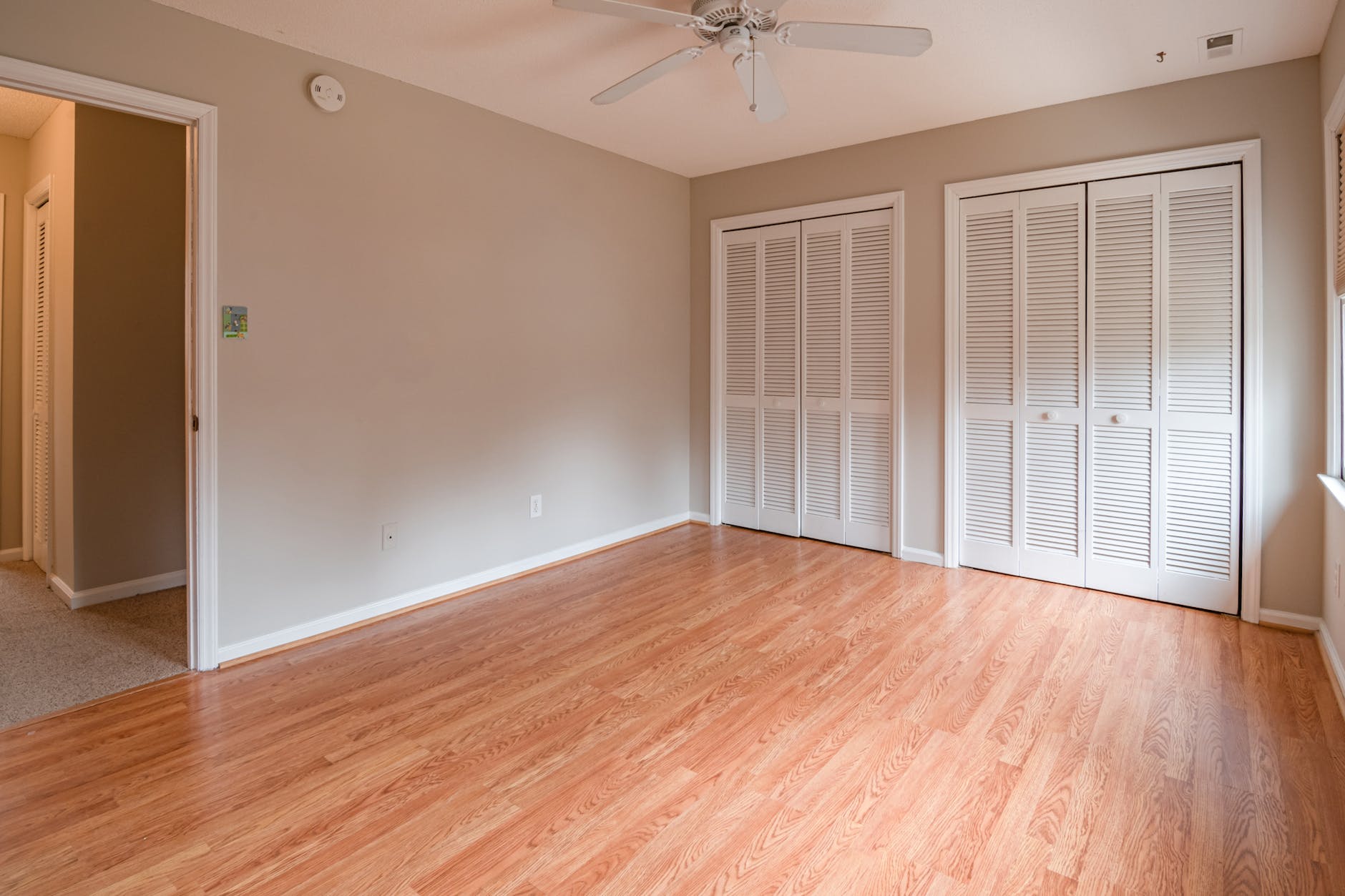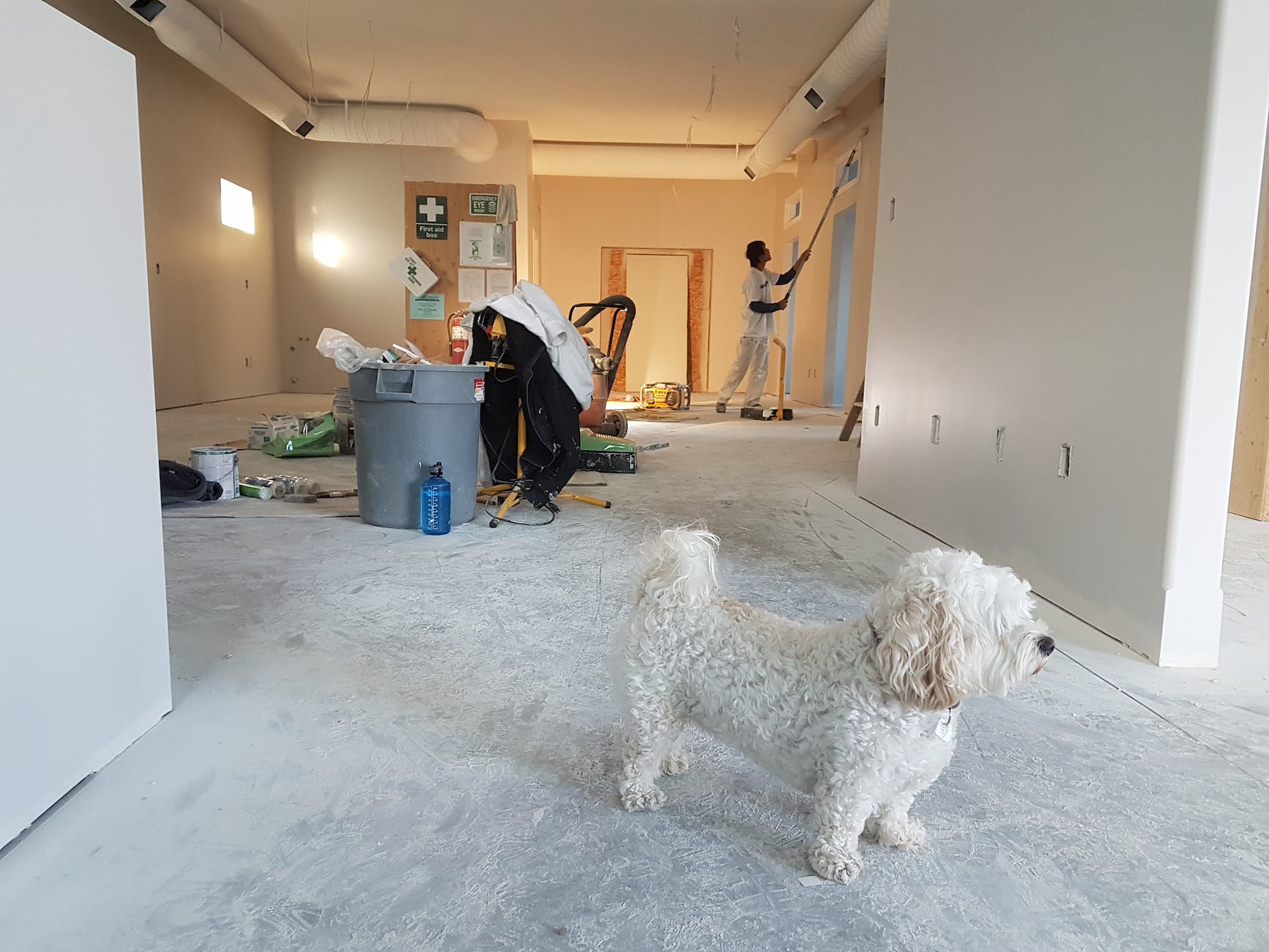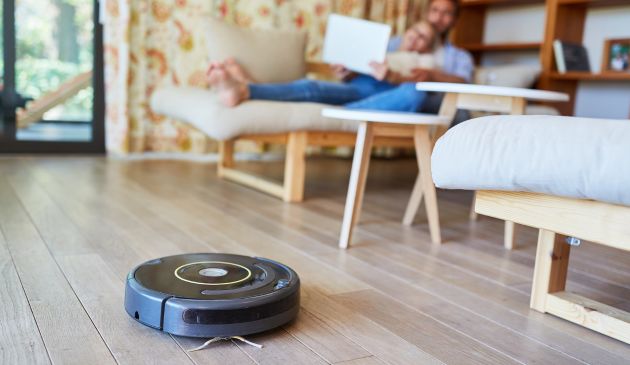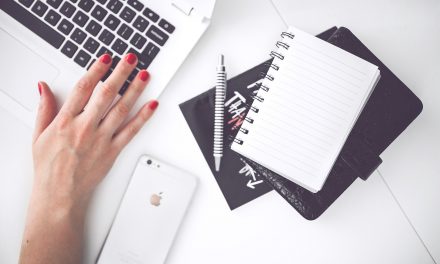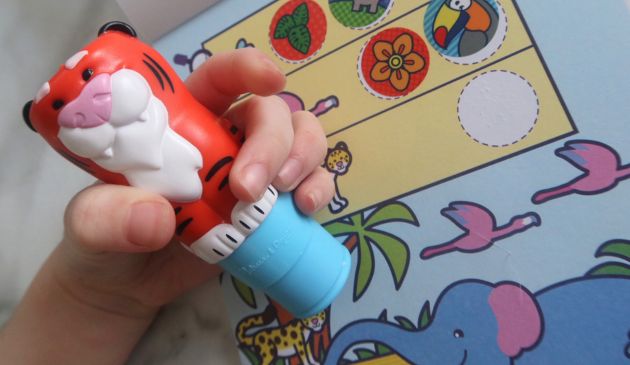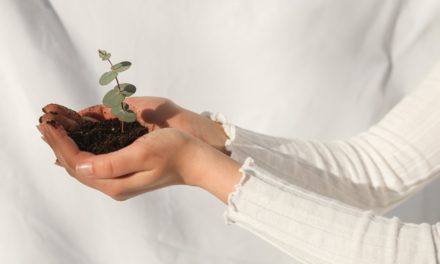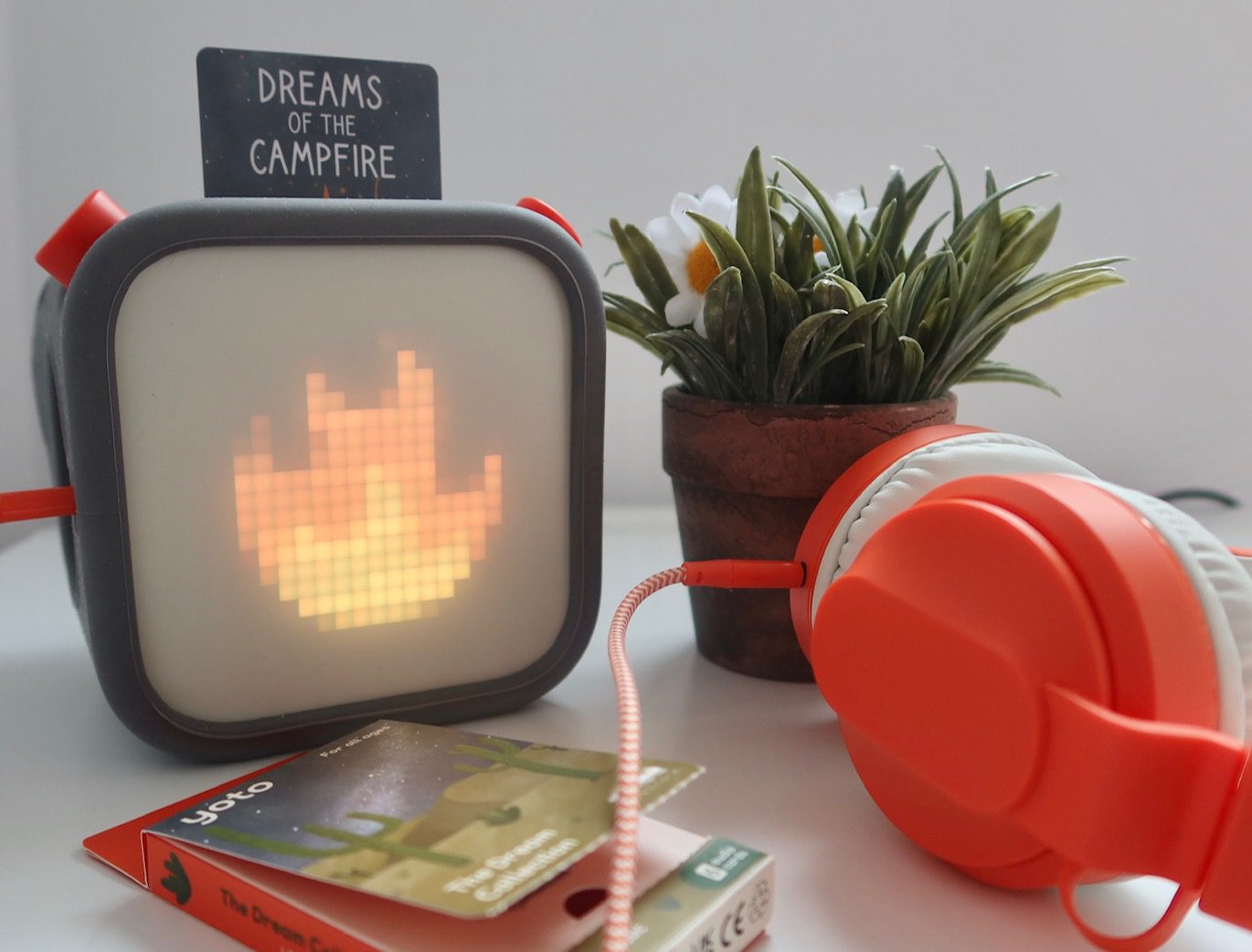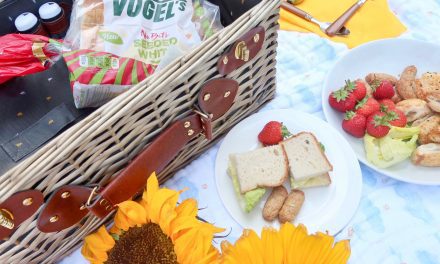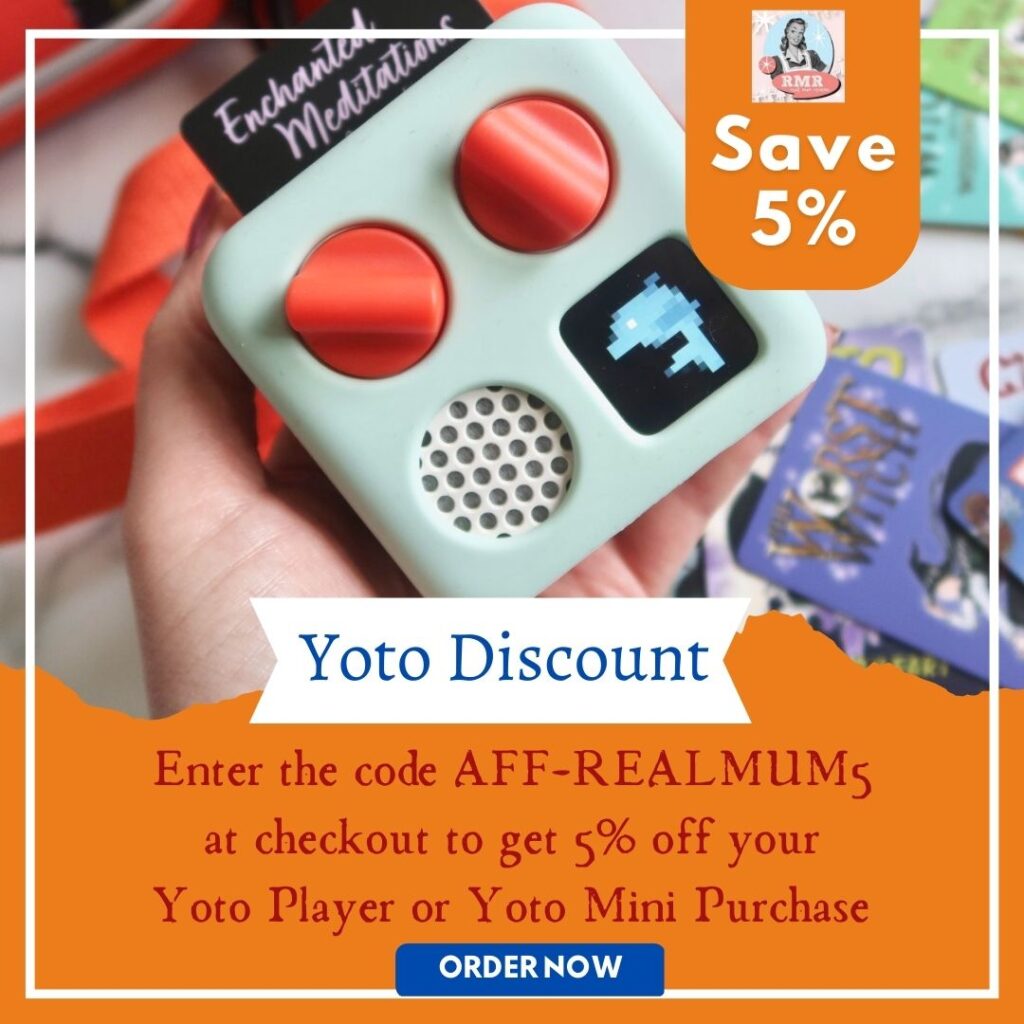
6 Steps to Keeping Wooden Chopping Boards Clean and Hygienic
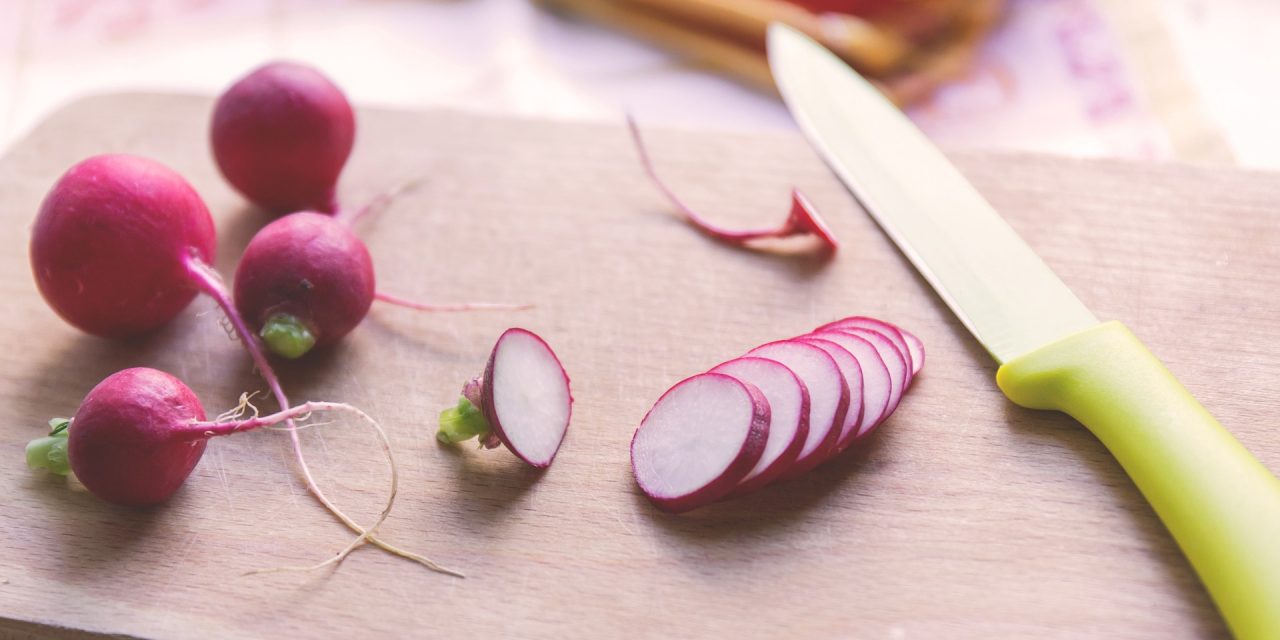
#AD – This is a collaborative post
Chopping boards are a staple in any family kitchen, and there are so many on the market nowadays: wood, plastic, glass and stone. Wooden chopping boards have always been the most popular choice but due to rising concerns over cleanliness they often become an accessory that isn’t used.
When they’re cleaned and sanitised correctly, wooden chopping boards can be just as safe as plastic or glass chopping boards and they have a whole host of other benefits too.
Wooden boards don’t blunt knives like glass and ceramic do, they’re much more attractive in your kitchen than plastic boards and they’re also heat resistant; perfect for placing pans on top off to protect your work surfaces from damage.
If you clean and maintain your wooden chopping boards properly, they can last for years.
Follow the simple guide below to keep your chopping boards hygienic and in great shape for years to come.
Step 1 – Rinse
Run the chopping board under the hot tap and wipe any food debris off, taking care not to splash and contaminate surrounding surfaces.
Never let a wooden chopping board soak in water as this can cause the wood to warp and split, making it unstable to chop on and more difficult to clean. If your chopping boards become too damaged, you’ll need to dispose of them.
Step 2 – Scrub
Scrub the chopping board lightly with soapy water, paying attention to any scratches or imperfections. Be careful not to use anything too abrasive that will damage the surface – a microfibre cloth or sponge with washing-up liquid will do the job just fine.
Step 3 – Sanitise
Keep your board hygienic by also using a kitchen sanitiser – simply spray, leave it to work for a minute and wipe off.
Don’t forget to also sanitise your cloths regularly to ensure you’re not cross contaminating other surfaces and kitchen items.
Step 4 – Disinfect (only for raw meat)
Contrary to popular belief, you can use your chopping board for raw meat! On one condition… you disinfect afterwards (it’s also advisable to have a specific board for raw meat). A simple chlorine-based bleach solution sprayed on and left on the board for a couple of minutes will remove any nasty bacteria that may linger. Just remember to clean the bleach solution off.
Step 5 – Dry
This step is often overlooked but is a crucial part of keeping your chopping boards clean and
hygienic. Pat dry using kitchen roll or a clean tea towel and then store upright to air dry completely.
This allows chopping boards to dry more quickly and avoids the creation of moisture pockets that can harbour bacteria. Invest in a chopping board rack as a hygienic way to store your boards.
Step 6 – Season your board (every few months)
A key step to prolonging the life of your wooden chopping board – and keeping it looking great in your kitchen for years to come – is regular oiling. Also referred to as “seasoning” your chopping board, we recommend oiling every few months to create a moisture barrier that prevents it from drying out. Use a highly refined food-grade mineral or coconut oil. (Avoid using olive oil or similar, as over time they will rot causing nasty smells and bacteria to breed on your board).
On a clean board, completely coat both sides in oil and leave overnight (or for at least two hours). Buff off any excess with a cloth and apply a small amount of beeswax or conditioning treatment to further enhance the waterproof properties. A well-seasoned and protected board minimises the amount of water that penetrates the wooden fibres during cleaning.
Author bio
Jess Bray is Marketing Assistant at The Cleaning Collective and has 10 years’ experience in digital marketing. She loves applying her knowledge of design and marketing to the world of cleaning, helping her to share tips, tricks and hacks with keen members of ‘The Cleaning Collective’.










